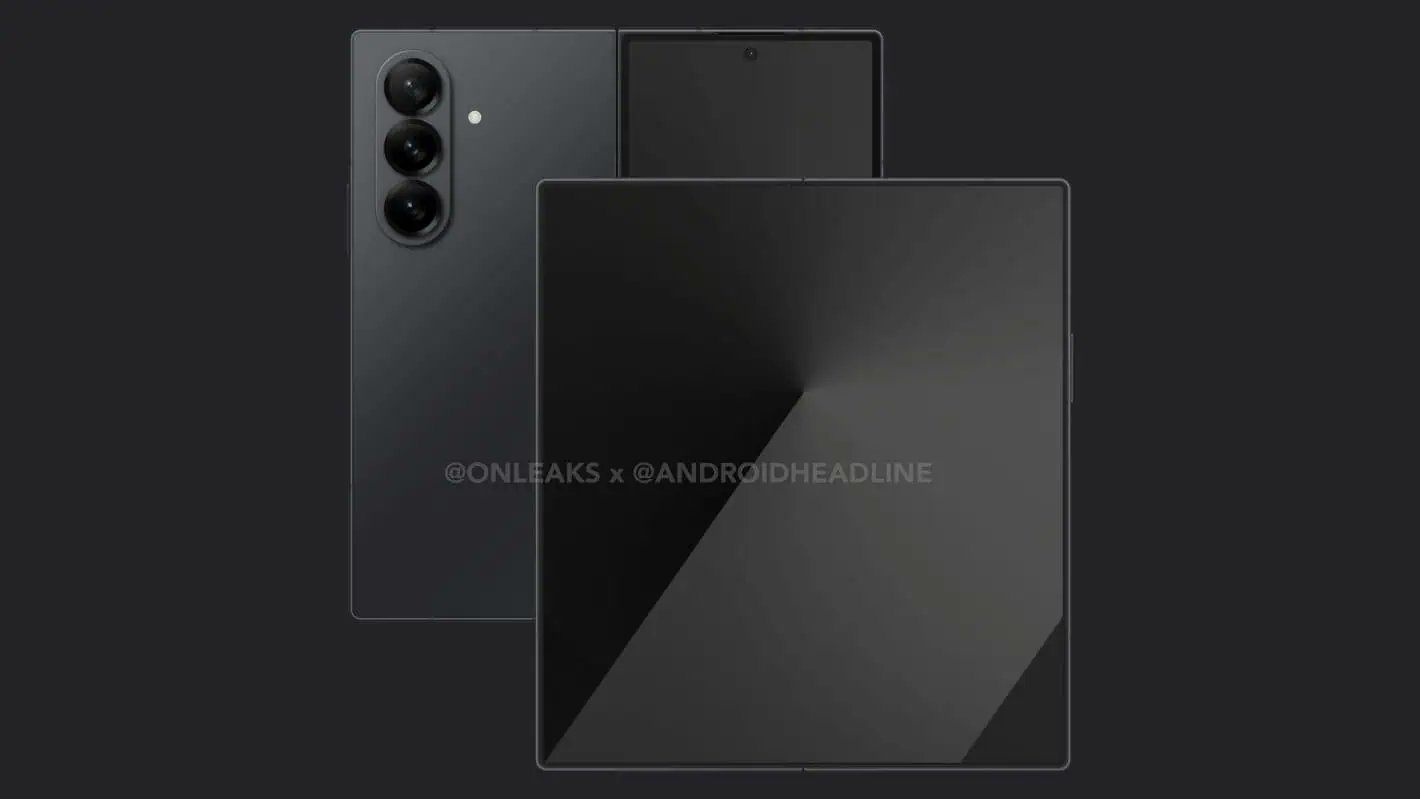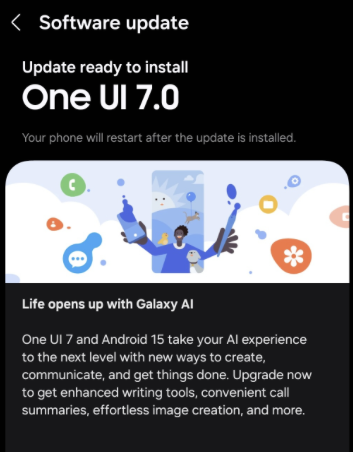Samsung Foldables 2025: What’s Coming
Samsung’s next-gen foldables are already turning heads—and they haven’t even dropped yet. The Galaxy Z Fold 7 and Z Flip 7 are set to redefine the premium mobile category in 2025. With production ramping up according to Sammobile and hardware rumors buzzing, the future of foldables is about to get way more interesting. If you thought last year’s models were slick, you haven’t seen anything yet.
Mass Production Kicks Off in May
Samsung is kicking off mass production of both models this May, with factories in South Korea and Vietnam working full throttle. These aren’t just tech upgrades—they’re cultural moments. The anticipation is real, especially as Samsung aims to dominate the foldables race ahead of Apple’s rumored entries. With an estimated 400,000+ units in the pipeline, Samsung isn’t just dropping new phones—they’re making a statement about scale and ambition in 2025.
Design Upgrades & Display Rumors
The Fold 7 is expected to bring in a sleeker, thinner form factor, stepping away from the bulk of earlier models. Word is we’re looking at a 6.5-inch cover screen and an expansive 8.2-inch inner display. It’s not just about bigger—it’s about better ergonomics, sharper resolution, and fewer visible creases. Lightweight, pocketable, and premium—just how we like it. Samsung’s pushing boundaries here, but with that polished Z-series flair that screams future-forward minimalism.
Performance: Exynos 2500 Takes the Lead
Here’s where things get spicy. The Flip 7 is rumored to ship exclusively with Samsung’s own Exynos 2500 chipset, ditching Qualcomm in certain regions. That’s a bold move, and it could mean a tighter hardware-software integration. The message is clear: Samsung wants control of its performance game, and this could be a defining moment for the Exynos line.
Camera Expectations for the Fold 7
Spec leaks suggest the Fold 7 might sport a 200MP main camera. That’s DSLR-grade photography in your pocket. Combined with Samsung’s image processing and potential new AI enhancements, mobile photography is about to hit another level. Say goodbye to lugging around a camera—you’ll be shooting magazine-ready pics from your palm.
One UI 8 and Android 16: Software to Match the Hardware
Both devices are expected to launch with One UI 8, built on Android 16. That means smoother transitions, smarter multitasking, and a new level of UI polish. Think advanced customization, deeper AI-driven automation, and seamless cross-device continuity. You’ll be able to start work on your phone and pick it up right where you left off on your tablet—flawless. Samsung isn’t just upgrading the hardware—they’re giving the whole experience a glow-up. Expect feature drops, AI integrations, and customizations that feel genuinely next-gen.
Trendsetter Take: What It Means for Foldable Fans
If you’re still on the fence about foldables, this is your sign. Samsung is betting big on design, performance, and software all at once. The Z Fold 7 and Flip 7 aren’t just upgrades—they’re a shift in the mobile standard. And if you’re reading this, you’re not here to follow the crowd. You’re here to lead it. These devices? They’re made for you.
FAQs: Galaxy Z Fold 7 & Flip 7
When will the Galaxy Z Fold 7 and Flip 7 be available?
Mass production starts in May 2025, which strongly hints at a summer release—likely July or August. Mark your calendars.
Will both phones support One UI 8 and Android 16?
Yes. Samsung is expected to debut both devices with One UI 8, running on top of Android 16, delivering their most polished experience yet.
Is the Galaxy Z Flip 7 using an Exynos chip everywhere?
Rumors say the Flip 7 will be powered exclusively by the Exynos 2500 in most markets—no Snapdragon this time. It’s a bold switch by Samsung.
What makes the Fold 7 camera a standout?
Leaks suggest a 200MP main shooter. That’s serious firepower—think studio-level detail in your pocket.
Should I wait or upgrade now?
If you crave sleek design, better software, and elite camera power, the Fold 7 and Flip 7 are shaping up to be worth the wait. Foldables are no longer just flashy—they’re functional and refined.


